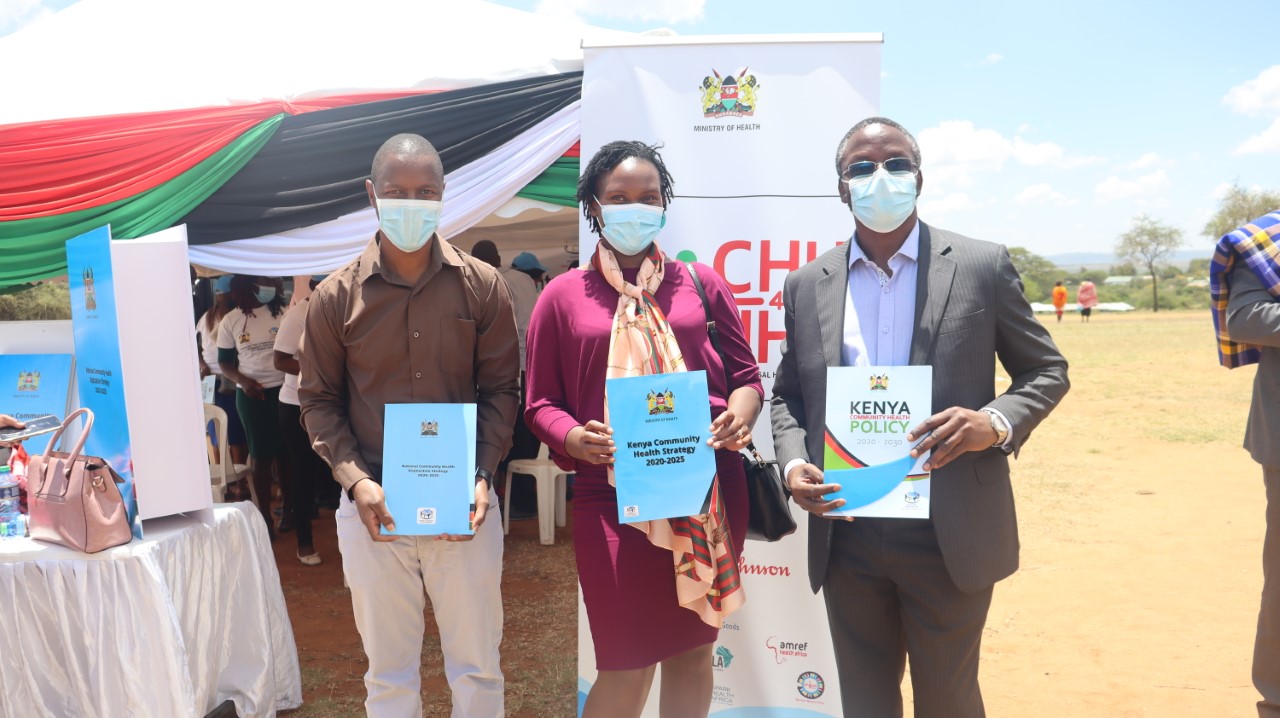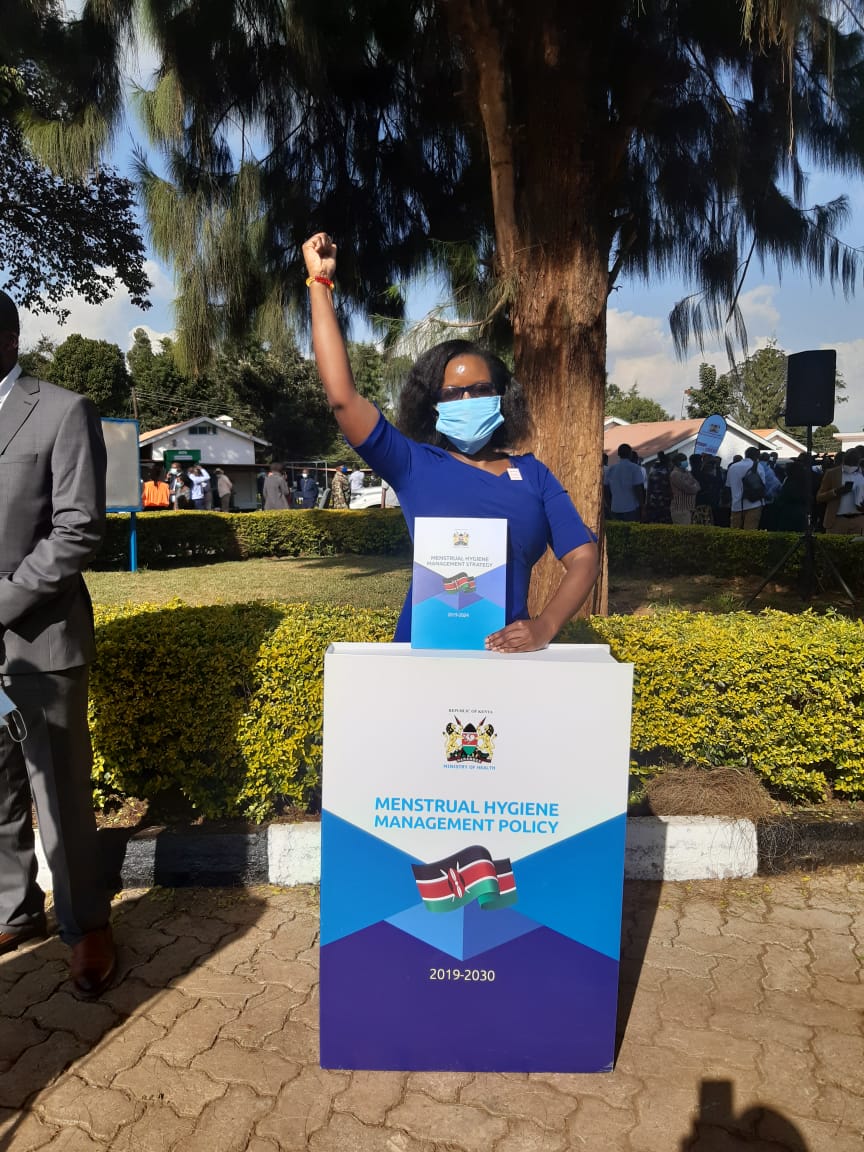Empowering Local Data Use for Decision Making: The Case of Wamba Health Centre
Friday, 15 November, 2019

Article by USAID/Afya Timiza Project
Wamba Health Centre is a government facility situated in Samburu East, Wamba Eastward in Samburu County, serving an estimated catchment population of 10,032 (AWP 2019). The facility offers both outpatient and inpatient services and has two community units (Sordo Namunyak and Lpashe) linked to it.
In 2016, the facility had a poor health information management system (HMIS) characterized by irregular data reviews, lack of feedback on data accuracy, lack of a fully integrated information system, inexistence of policy and planning framework and the inexistence of data sharing policy. There was minimal use of data to inform the decision-making process. This was evidenced by discrepancies observed during routine data quality audits, low yields of activities such as outreaches as well as low coverage of services.
In January 2017, the USAID funded Afya Timiza project started supporting the facility to conduct regular monthly facility data reviews so as to improve the quality of data generated as well as use data to inform decision making. The project introduced the scorecard to strategically improve target indicators including immunisation, antenatal clinic attendance, skilled delivery and postnatal care attendance.
The scorecard, a tool used to measure performance at Wamba Health Centre as well as compare performance with that of other facilities, has been presented at sub-county data review meetings on a quarterly basis. This presented a sense of accountability in the sub-county with every facility going an extra mile to avoid being in the red.
To complement the scorecard and guide the facility on how to improve reproductive, maternal, child and adolescent health (RMNCAH) indicators, the project procured facility dashboards in February 2018 as a tool to guide monthly data and performance review. Through performance reviews, the facility was able to see what they were achieving against set targets and take action towards improvement.
Through the use of the scorecard and facility dashboard, the team at Wamba Health Centre realized there was a gap in harmonising immunisation data from outreaches due to the use of tally sheets as well as the lack of inclusion in the monthly facility reports. Another major gap was the lack of documentation at the postnatal care room despite services being offered. Only mothers delivering at the facility were documented at the maternity. To address this, the project conducted continuous mentorship on documentation by:
- Providing separate outreach registers
- Mentoring health facility staff with emphasis on daily tallying of outreach immunisation data at the facility
- Integrating immunisation and PNC to ensure that every mother coming for the service (regardless of place of delivery) received it and documentation was done
- Consistent data review to ensure the data collected is in the reports before being entered in the Kenya Health Information System (KHIS).
This has ensured that no outreach data goes unreported and postnatal services are also documented at the postnatal room for the mothers who have delivered at home.
 Looking at the trends of postnatal and skilled birth services, the use of data to inform outreach sites and also provide insights on gaps in service delivery has really improved the facility’s performance.
Looking at the trends of postnatal and skilled birth services, the use of data to inform outreach sites and also provide insights on gaps in service delivery has really improved the facility’s performance.
Afya Timiza’s monitoring and evaluation (M&E) system is guided by USAID/Kenya’s objectives under the Country Development Cooperation Strategy (CDCS) as well as the Kenya Health Sector M&E framework. The Project M&E system tracks FP/RMNCAH program outputs and outcomes and evaluates the causal relationship between interventions and key program outcomes, including M&E indicators, to continuously inform progress toward achieving targets and milestones set out under the USAID/KEA objectives. Afya Timiza project has endeavoured to continuously support the improvement of the M&E system in Turkana and Samburu Counties specifically:
- To enhance data use for decision making at all levels
- To enhance data quality at all levels
- To learn from the implementation (Research) in the two counties.
This support to Turkana and Samburu has seen progressive improvement in data quality, demand and use.
Amref Health Africa teams up with African communities to create lasting health change.




